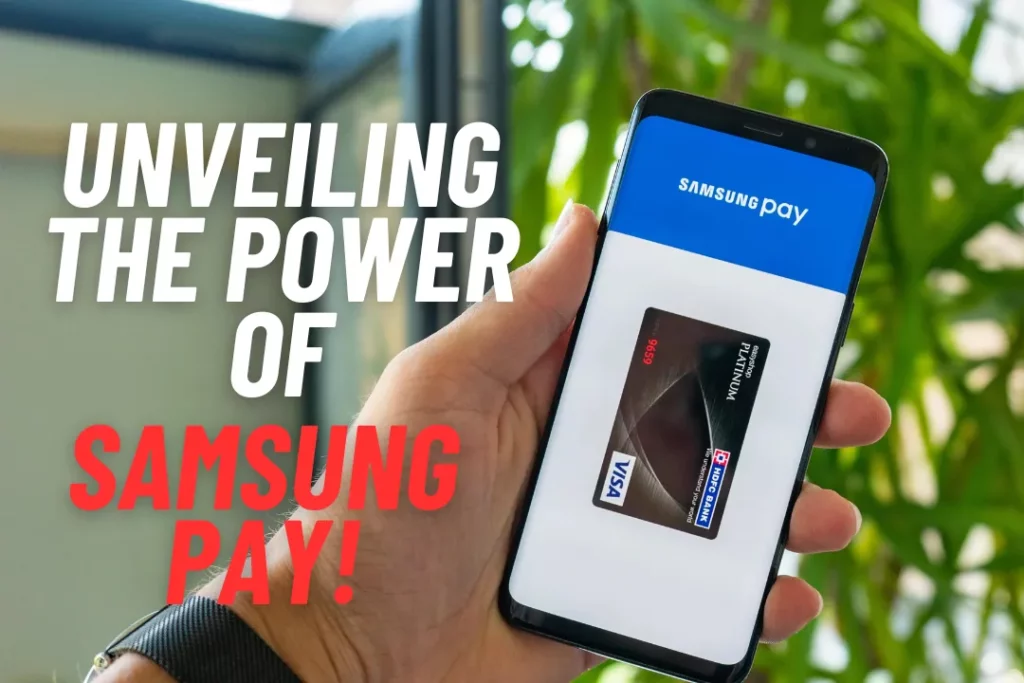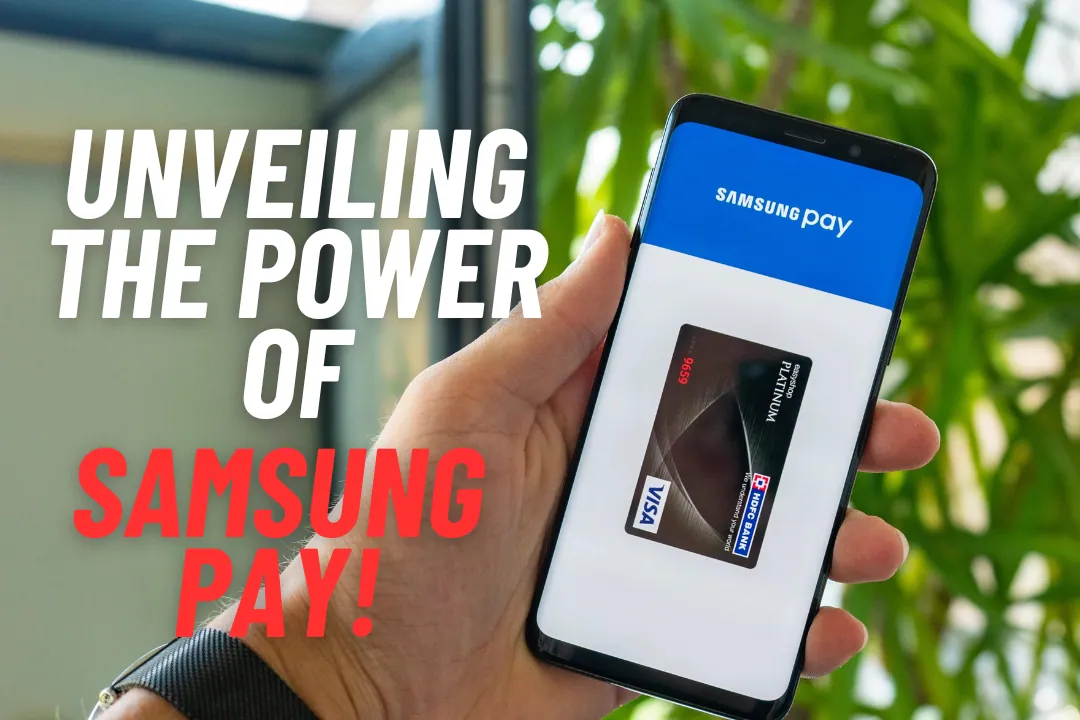
Introduction
Table of Contents
In the ever-evolving arena of digital payments, Samsung Pay has emerged as a game-changing solution, seamlessly bringing convenience, security, and versatility.
This comprehensive article dives into the intricacies of Samsung Pay, exploring its features, benefits, security measures, and the broader impact it has on the area of digital transactions.
By delving into the technology behind Samsung Pay, its unique advantages, and its potential challenges, this article aims to provide readers with a thorough understanding of this innovative payment solution.
The Evolution of Digital Payments
The world of payments has come a long way from cash-based transactions to digital options. Mobile wallets, in particular, have revolutionized the way we handle money, enabling swift and secure transactions with just a few taps on our smartphones.
Samsung Pay, introduced in 2015, is a prime example of how technology giants are shaping the future of payments.
Understanding Samsung Pay
At its core, Samsung Pay is a mobile payment service that allows users to make payments using their Samsung smartphones, wearables, and other compatible devices.
What sets Samsung Pay apart from other mobile wallets is its unique ability to support three types of transactions: Near Field Communication (NFC), Magnetic Secure Transmission (MST), and in-app purchases.
1. Near Field Communication (NFC)
NFC is a short-range wireless technology that enables contactless payments by simply tapping the device near a compatible payment terminal.
Samsung Pay utilizes NFC technology to facilitate seamless and secure payments at a growing number of retail locations globally.
2. Magnetic Secure Transmission (MST)
MST technology gives an edge to Samsung Pay over its competitors. It enables users to emulate the magnetic stripe of a physical card, allowing payments to be made even at traditional card terminals that lack NFC capabilities.
This feature significantly widens the scope of where Samsung Pay can be used, making it a versatile payment solution.
3. In-App Purchases
Samsung Pay isn’t just limited to physical retail transactions. It can also be helpful for in-app purchases, further expanding its need for users who prefer to buy online or purchase various services through mobile apps.
Benefits of Samsung Pay
Samsung Pay brings huge benefits to both consumers and merchants, making it a desired choice in the digital payments realm.
1. Convenience
The ability to leave physical wallets behind and carry out transactions using a smartphone is immensely convenient. Users can simply unlock their devices, authenticate using biometric methods or PINs, and make payments easily.
2. Wide Acceptance
Samsung Pay’s MST technology enables it to be accepted at a vast number of locations, including those that are not equipped with NFC terminals.
This widespread acceptance makes it an attractive choice for users who want to use their mobile wallets wherever they go.
3. Security
Security is a top concern in digital payments, and Samsung Pay addresses this with multiple layers of protection. Tokenization, biometric authentication, and device-specific codes ensure that users’ financial information is protected during transactions.
4. Loyalty and Rewards Integration
Samsung Pay goes beyond basic transactions by allowing users to store and use loyalty cards and reward points directly from the app. This integration enhances the overall shopping experience and encourages continued use of the service.
5. User-Friendly Interface
The user interface of Samsung Pay is designed with simplicity in mind. Navigating the app, adding payment methods, and making payments are intuitive processes that cater to users of all technological backgrounds.
Challenges and Future Prospects
While Samsung Pay offers numerous advantages, it also faces certain challenges and considerations that are worth exploring.
1. Competition in the Market
The digital payments landscape is crowded, with several players vying for dominance. Samsung Pay competes with other mobile wallets like Apple Pay and Google Pay, necessitating continuous innovation to stand out.
2. Device Compatibility
Samsung Pay’s features and functionalities are closely tied to Samsung devices. While this ensures a seamless experience for Samsung users, it limits the service’s availability to a specific segment of the market.
3. Security Concerns
While Samsung Pay employs robust security measures, no system is entirely immune to potential vulnerabilities. As the service gains popularity, it becomes an attractive target for cybercriminals, requiring constant vigilance to maintain user trust.
4. Global Expansion
While Samsung Pay has made significant strides in terms of global availability, it still faces challenges in regions where mobile payment infrastructure is less developed.
Expanding its reach and convincing users to adopt the technology are ongoing efforts.
Conclusion
Samsung Pay’s journey from its arrival to its current status as a leading digital payment solution reflects the remarkable evolution of technology and consumer preferences. By integrating convenience, security, and versatility, Samsung Pay has changed the way we handle financial transactions.
While challenges remain, the service’s continued innovation and commitment to user experience position it as a force to be acknowledged within the digital payments landscape.
As technology advances and consumer choices evolve, Samsung Pay is likely to play a vital role in shaping the future of financial transactions.


1 thought on “Revolutionizing Digital Payments: Unveiling the Power of Samsung Pay”
Comments are closed.